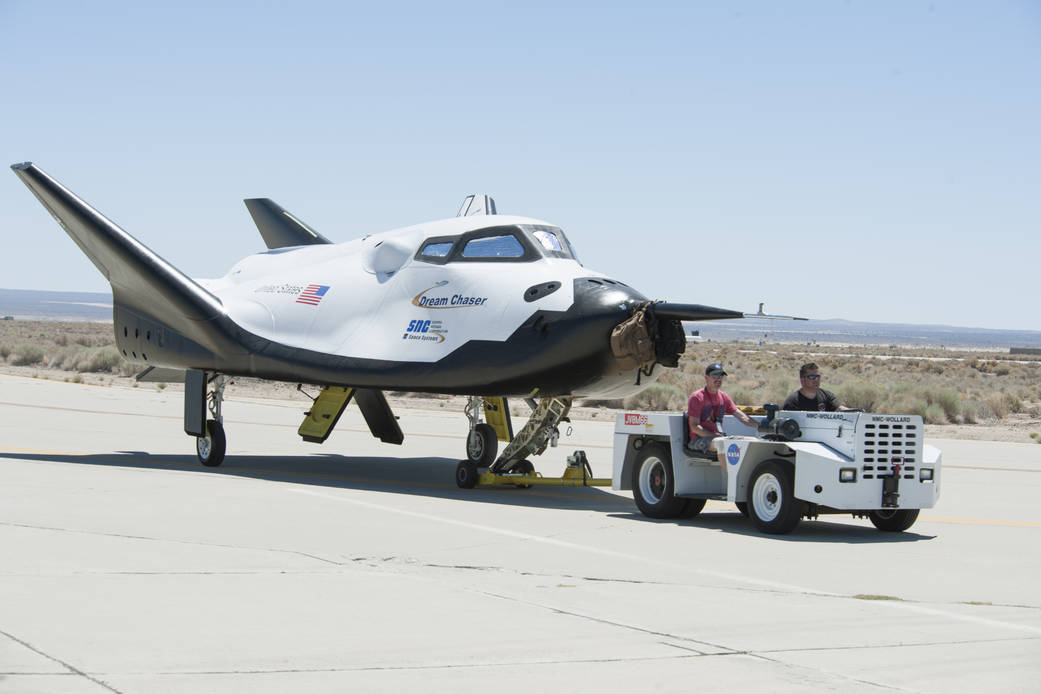
Sierra Nevada Corporation’s Dream Chaser ‘spaceplane’ is another step closer to reality this week, having passed a major milestone review by NASA and the Federal Aviation Administration (FAA) under the space agency’s multi-billion dollar Commercial Resupply Services (CRS-2) program to resupply the International Space Station from 2019-2024.
“Passing the third CRS2 integration milestone is a really big deal for the program and its future,” said Steve Lindsey, vice president of Space Exploration Systems for SNC’s Space Systems business area. “We are proud of this accomplishment and are well on our way towards completing the next critical milestone and the remaining developmental phases. It’s a great feeling to be executing all our milestones on schedule and to be moving forward to our operational flight.”
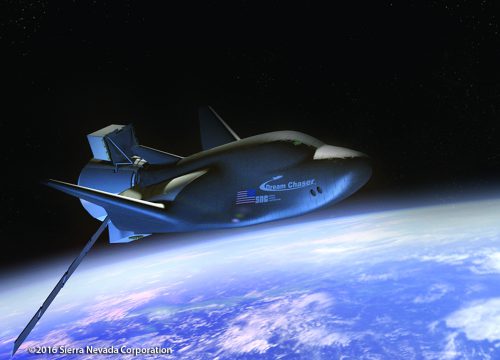
During the intensive three-day CRS2 Integration Review #3 (IR3), approximately 45 members from NASA and the FAA came together to evaluate all stages of mission operations including ground, launch, flight and landing. Safety and mission assurance criteria, as well as reliability of the vehicle’s design were throughly reviewed too, confirming the Dream Chaser meets NASA’s key requirements to carry out cargo resupply missions under CRS-2 beginning in two years.
NASA contracted SNC to fly at least six missions with their Dream Chaser ‘mini shuttle’ under CRS-2, and the company will put in a bid for a crew version if NASA opens up more multi-billion dollar commercial crew contracts in the future (currently given to Boeing and SpaceX).
No significant design, build or system issues were found that could underscore Dream Chaser’s readiness for flight, according to SNC.
As outlined by the company, major elements of the review included:
- Successful completion of the NASA Phase 1 Safety Review
- 32 Hazard Reports and 16 Safety Data Packages approved by NASA
- Dream Chaser Architectural Design’s met all CRS2 requirements (hardware, software, flight dynamics, thermal control, etc.)
- More than 100 detailed design documents were delivered to NASA along with 30+ design reviews
- During the three-day IR3 review, more than 1,000 charts were briefed, which demonstrated that Dream Chaser is at Preliminary Design Review level of maturity
- Launch vehicle operations, outside subcontracts and agreements
- Range safety plan, as well as FAA, Federal Communications Commission (FCC) and National Telecommunications and Information Administration (NTIA) licensing
- 5 Safety Review Phase 1 meetings were conducted prior to the IR3 review and involved the delivery of 46 individual Safety Data Packages developed under the S&MA team.
This past January, SNC delivered their engineering test prototype to NASA’s Armstrong Flight Research Center in California, located at Edwards Air Force Base, where it has since successfully completed Phase One ground testing in preparation for its next free-flight Approach and Landing Test (ALT-2) on runway 22L.
No date has been given for ALT-2, but SNC expects to conduct it soon.
SNC put their test article through its first free flight Approach and Landing test, ALT-1, at Armstrong three years ago, and the test went about as good as SNC could have hoped for, until the command was given to deploy its landing gear. Only two of its three gear deployed, causing the vehicle to skid off the runway, sustaining minor structural damage.
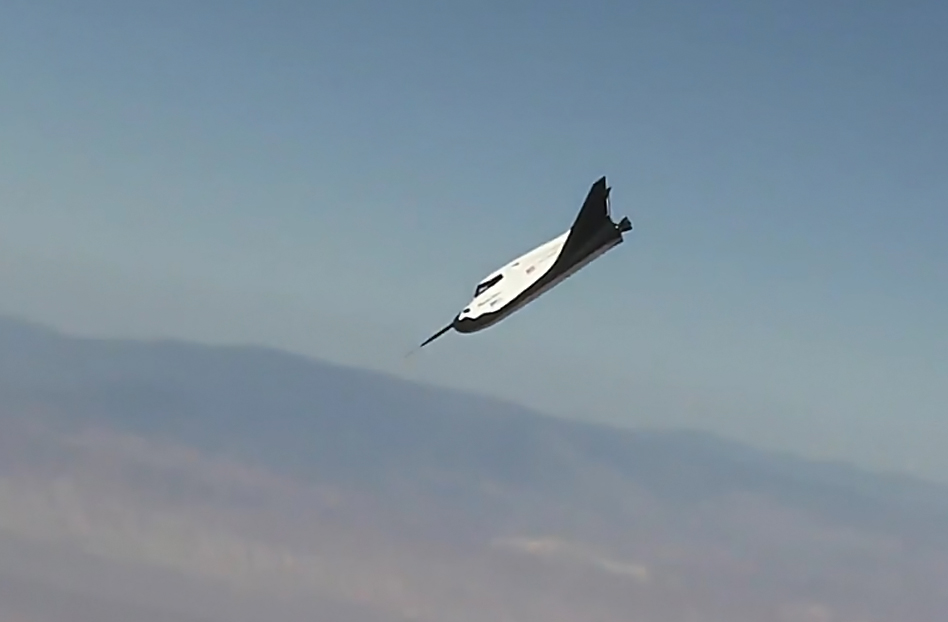
The problem was traced to a mechanical issue with the specific landing gear, rather than something related to bad software (none of the primary systems that gave the commands that control the flight failed or had any problems).
SNC has made significant structural and systems improvements to the test article since, including the composite wings and aeroshells, and invested heavily in maturing the vehicle’s orbital avionics, guidance navigation and control, the flight software, and employed a number of new processes, all of which will be used on the orbital vehicle as well. The advanced orbital Thermal Protection System (TPS) was installed on the vehicle’s skid too, in order to do advanced testing of the actual orbital TPS.
Engineers hope to get everything they need out of the upcoming ALT-2 test, but will fly more to validate the aerodynamic properties, flight software, and control system performance of the spacecraft if needed.
The company hopes to launch their first operational Dream Chaser cargo mission to the ISS for NASA in the first half of 2019,
.
Be sure to “LIKE” AmericaSpace on Facebook and follow us on Instagram & Twitter!
.




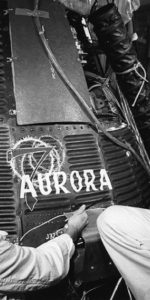
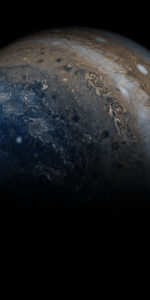
Are there any dates or outcomes for the Recent Tow testS/
CAn we get dates on posts??